

 50
50





 14
14





 10
10





 13
13




 2
2




 ?
?
Living in Anjou , France,
For the many not for the few
http://www.permies.com/t/80/31583/projects/Permie-Pennies-France#330873
 3
3




“The most important decision we make is whether we believe we live in a friendly or hostile universe.”― Albert Einstein

 21
21





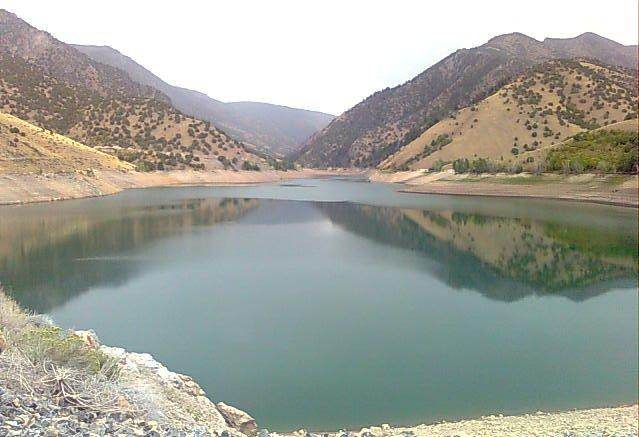
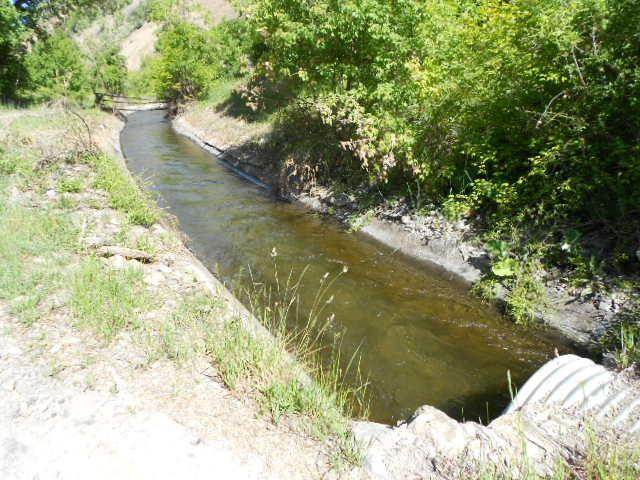
 3
3




“The most important decision we make is whether we believe we live in a friendly or hostile universe.”― Albert Einstein
 3
3





 9
9




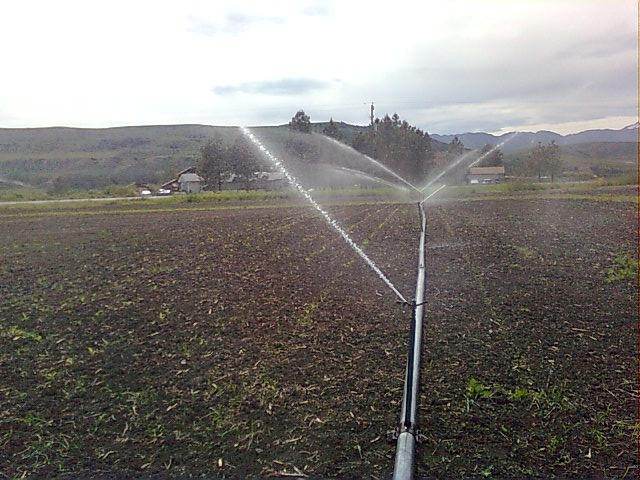
 11
11






Living in Anjou , France,
For the many not for the few
http://www.permies.com/t/80/31583/projects/Permie-Pennies-France#330873

 11
11




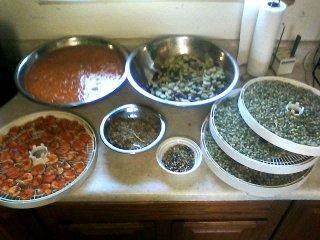
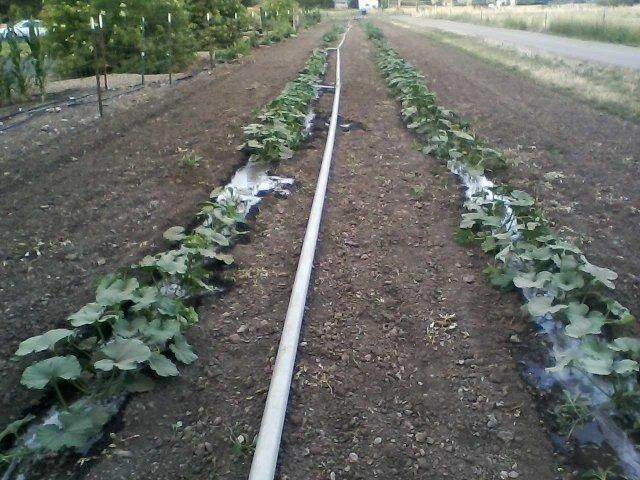
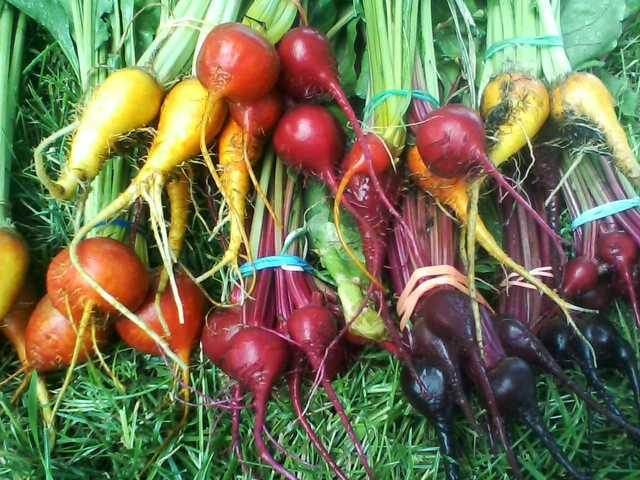

 5
5




![Filename: badger-flame-beets.jpg
Description: [Thumbnail for badger-flame-beets.jpg]](/t/57161/a/42012/badger-flame-beets.jpg)
“The most important decision we make is whether we believe we live in a friendly or hostile universe.”― Albert Einstein

 10
10






 9
9






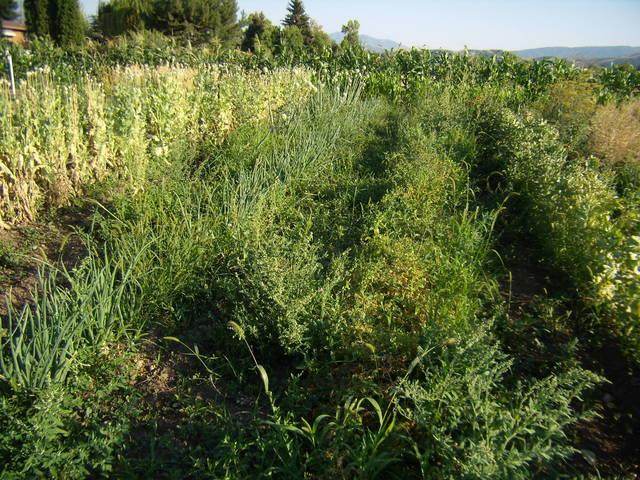
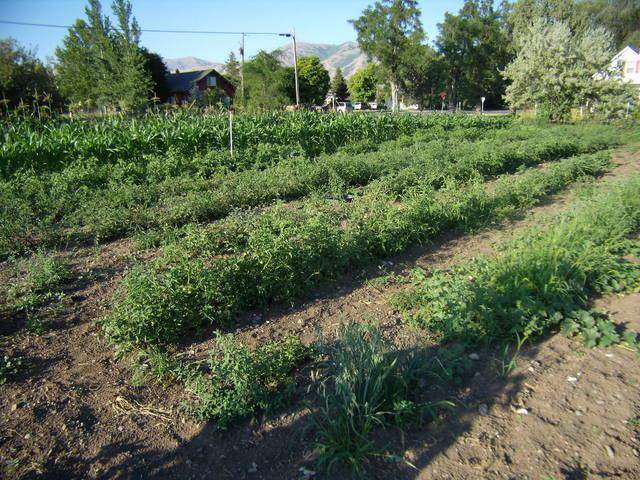
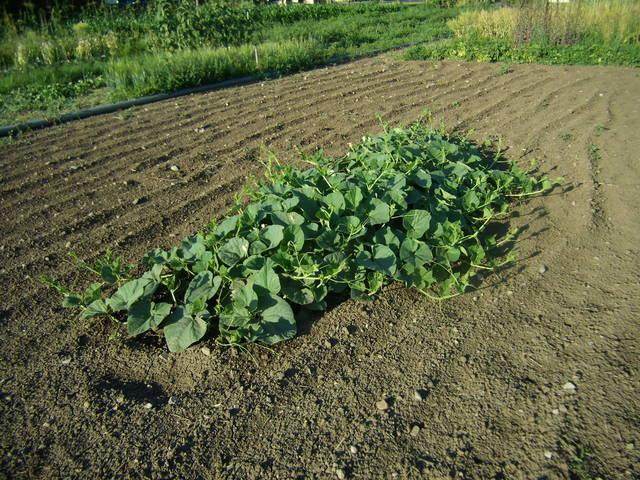
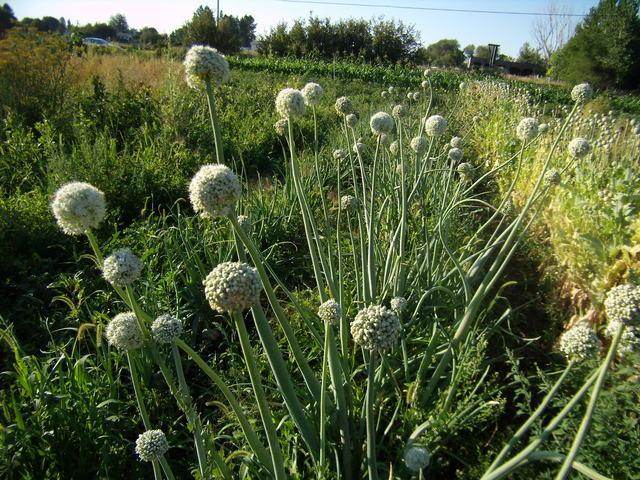

 14
14





 13
13






 7
7





 9
9




 1
1




 So amazing to see the things that can come about with a little seed saving.
So amazing to see the things that can come about with a little seed saving.“The most important decision we make is whether we believe we live in a friendly or hostile universe.”― Albert Einstein

 7
7




List of Bryant RedHawk's Epic Soil Series Threads We love visitors, that's why we live in a secluded cabin deep in the woods. "Buzzard's Roost (Asnikiye Heca) Farm." Promoting permaculture to save our planet.

 7
7




![Filename: corn-mexican-helote.jpg
Description: Corn plants around 16 feet tall. [Thumbnail for corn-mexican-helote.jpg]](/t/57161/a/42957/corn-mexican-helote.jpg)
 1
1





 1
1




Miles Flansburg wrote:Is it sweet corn for table eating or flour corn ?

 7
7




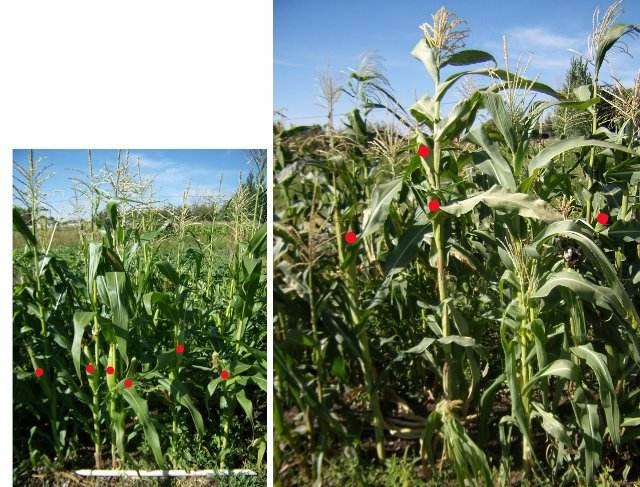
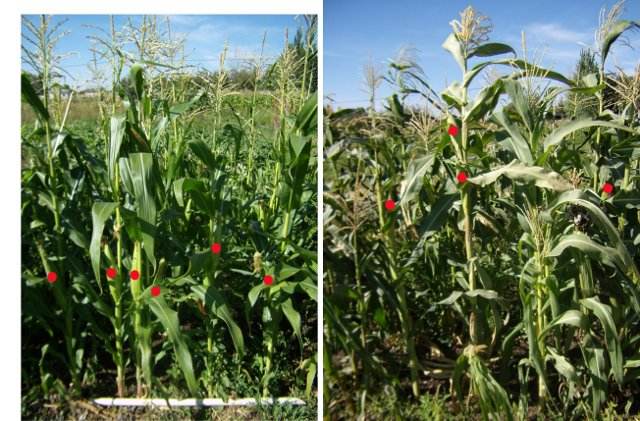

 11
11





 7
7





 28
28




 5
5




Joseph Lofthouse wrote:
A lady at market today asked me about the -cides I use on my garden. I replied that I don't use anything... Then she asked me about fertilizers. Again, I told her that I don't use anything. She asked, "But... how does your garden grow?", to which I replied, "Fine!" Then I spread my arms out to encompass the table, and continued, "My resume is spread out on the table before you!"
Best job I ever had!!! And the most satisfying.
 10
10





 9
9




 5
5




 1
1




I.m.o. it would have been a good idea to save the seeds of those cuke-kins, to grow more ...Miles Flansburg wrote:... That is when I realized that my pumpkins had crossed with the cucumbers up in the greenhouse. My first experience with cross breading. That pumpkin was solid inside,like a cuke, smelled like a cuke, but all else looked like a pumpkin. Not sure if that hybred would have been worth persuing but it was a neat experience.
"Also, just as you want men to do to you, do the same way to them" (Luke 6:31)
 4
4





“The most important decision we make is whether we believe we live in a friendly or hostile universe.”― Albert Einstein

 7
7




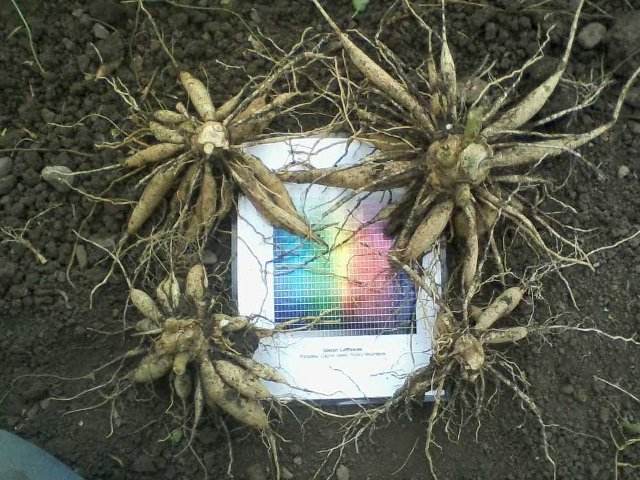
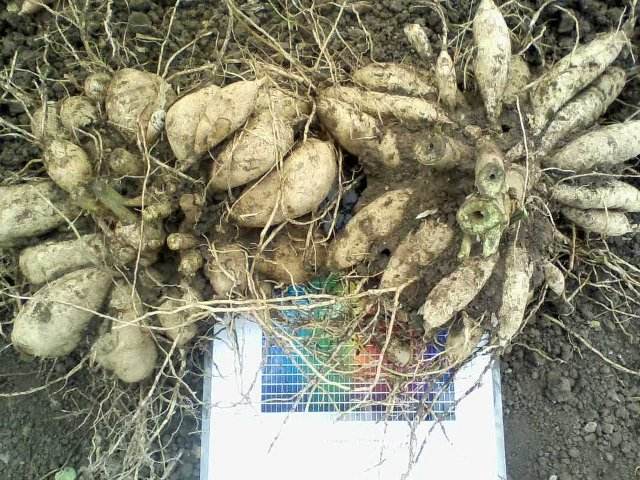

 1
1




Ask me about food.
How Permies.com Works (lots of useful links)


 8
8






 15
15





| I agree. Here's the link: http://stoves2.com |








